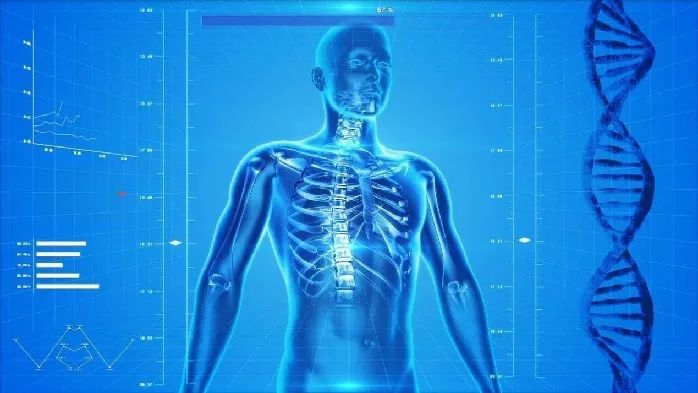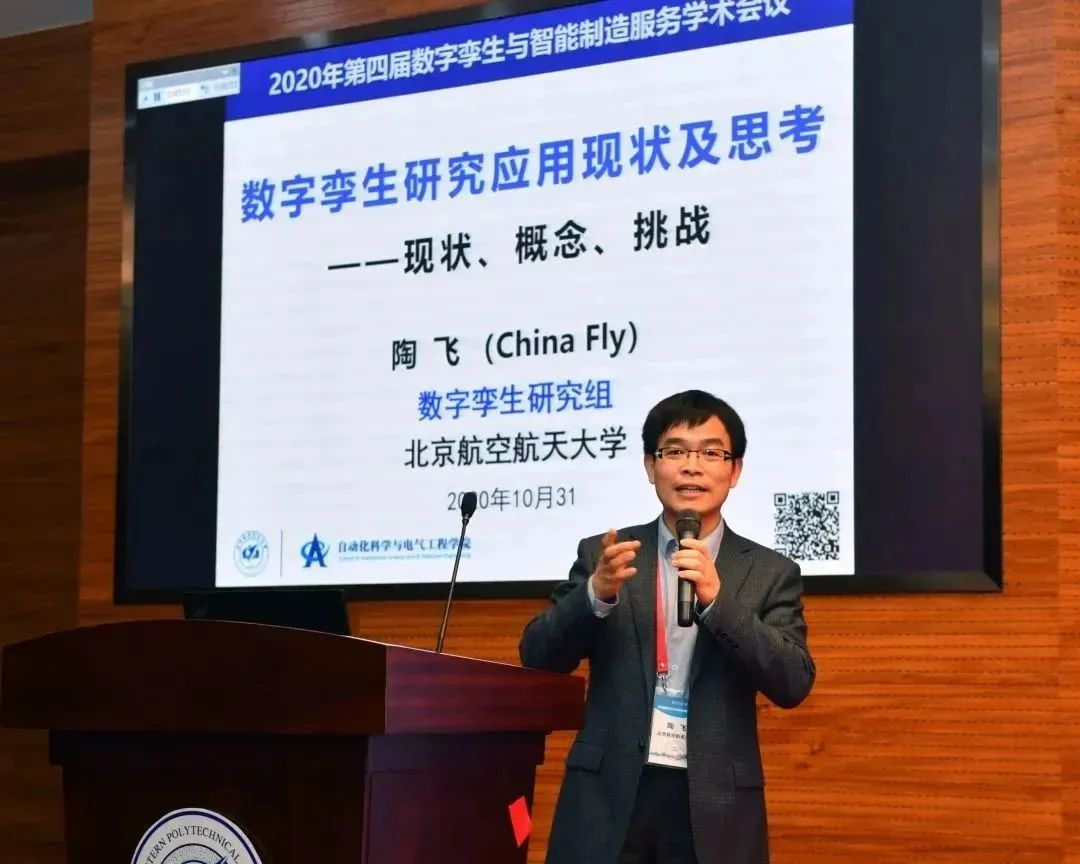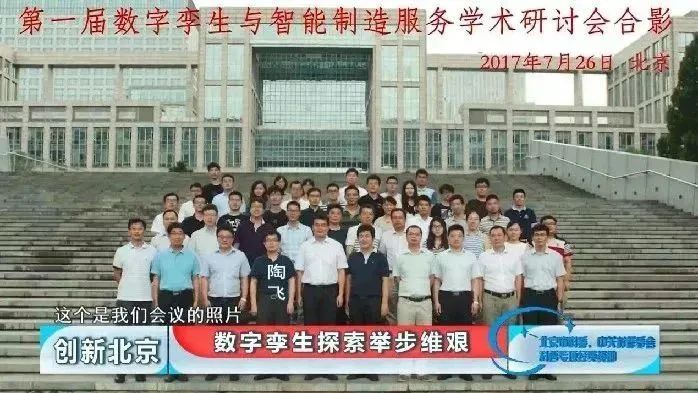E Class| The development history of digital twin
Jan 06,2023
Summary
In recent years, among the high-frequency words, hot words and keywords repeatedly mentioned by all walks of life, "digital twin" must be on the list. Gartner, a global IT research and consulting company, has listed digital twin as one of the top ten strategic technology development trends for three consecutive years. At the same time, because of its wide application, digital twin has been widely used in large cities such as smart city, digital city, water conservancy and natural gas project construction, and small production line monitoring and equipment condition monitoring.
In recent years, among the high-frequency words, hot words and keywords repeatedly mentioned by all walks of life, "digital twin" must be on the list. Gartner, a global IT research and consulting company, has listed digital twin as one of the top ten strategic technology development trends for three consecutive years. At the same time, because of its wide application, digital twin has been widely used in large cities such as smart city, digital city, water conservancy and natural gas project construction, and small production line monitoring and equipment condition monitoring.
Therefore, many small partners will feel both familiar and unfamiliar with the "digital twin", so, what is the development history of digital twin? What needs can this technology fulfill? Where is it being used today and how does it relate to our lives?
For these questions that everyone is curious about, we will explain the whole development process of digital twins for everyone through two articles.

Digital Twins are also called Information Mirroring Model and Cyber-Physical System (CPS). The term of digital twinning is explained in detail as follows: "Digital twinning is a simulation process that makes full use of physical model, sensor update, operation history and other data, integrates multi-discipline, multi-physical quantity, multi-scale and multi-probability, and completes mapping in virtual space, so as to reflect the whole life cycle process of corresponding physical equipment.

Human digital twin technology
If you think the above explanation is too official and not easy to understand, let's take a simple example. For example, you first build a digital model in the virtual world through a computer, and then record the indicators of your body in real time through smart wearable equipment and sensors such as smart wristband, oximeter, sphygmomanometer and blood glucose meter. And send all sorts of parameters of your body back to the background, you change, the digital model changes, replace people with machinery, production lines, buildings. So we can think of a digital twin as a three-dimensional, see-through mirror that follows you wherever you go.

Aircraft digital twins
Therefore, digital twinning is a transcendent concept that can be viewed as one or more important and interdependent digital mapping systems.

There are many theories about the birth history of digital twins, but no definitive definition has been established. Here is a list of them:
First,Michael Grieves of the University of Michigan pioneered what he called the "Information Mirroring Model", which later became the "digital twin". By his own account, he proposed the concept of digital twinning in a speech at the PLM Center at the University of Michigan in 2002 and at an executive training session in 2003. (By the way, Professor Tao Fei, a pioneer of digital twinning research in China, is also a visiting scholar at the University of Michigan, so this claim has some credibility.)

Dr. Michael Grieves
Second, the U.S. Department of Defense first proposed the use of Digital Twin technology for the health maintenance and guarantee of aerospace vehicles. First of all, a real aircraft model is built in the digital space and fully synchronized with the real state of the aircraft through sensors. In this way, after each flight, according to the existing situation and past load of the structure, timely analysis and assessment of whether maintenance is needed, whether the next mission load can be borne.
Third, NASA gave a concept description of digital twinning in 2012: Digital twinning refers to a multi-disciplinary and multi-scale simulation process that makes full use of physical models, sensors, operation history and other data. As a mirror of a physical product in virtual space, it reflects the full life cycle process of a physical product.

Boeing 777 X
However, in any case, there is a documented case of the initial application of digital twin technology in the field of commercial practice: Boeing did not use any drawing model in the entire development process of the new Boeing -777 airliner around 2010, and the more than 3 million parts involved completely rely on digital twin technology for simulation and experiment. The technology reportedly helped Boeing reduce the amount of rework required by 50 percent and reduce the development cycle by 40 percent.


Professor Tao Fei, Beihang University
In 2009, Tao Fei, a research scholar engaged in advanced manufacturing technology and informatization in the University of Michigan, returned to China and was awarded as an associate professor in Beijing University of Aeronautics and Astronautics. Having learned the advantages of digital twin technology in the United States, Tao Fei decided to research and promote the latest technology in China. He convened more than ten graduate students to create the first digital twin research group in China. So began a decades-long search. From team building to theoretical exploration, to technological breakthroughs, deployment and development of practical application cases, Professor Tao Fei's team became the first group of scholars to study digital twin technology in China.

Group photo of the first Digital Twinning and Intelligent Manufacturing Service Academic Seminar
From the rejection of the first digital twin research paper in 2010, to the invitation of Tao Fei's team from the world's top journal Nature in 2019, to the establishment of a cooperative relationship with the Fifth Chinese Academy of Astronautics in the same year, and the successful landing of the design, deployment and verification of the satellite assembly workshop. Ten years of unremitting efforts, from rejection to invited contribution, not only means that Tao Fei's team has successfully closed the research loop, but also represents that China's digital transformation, intelligent upgrading and improvement of manufacturing capacity has received international attention and recognition.
So what are the applications of digital twin? What changes can it bring to our lives? We will reveal them for you in next article. Please keep following us!












